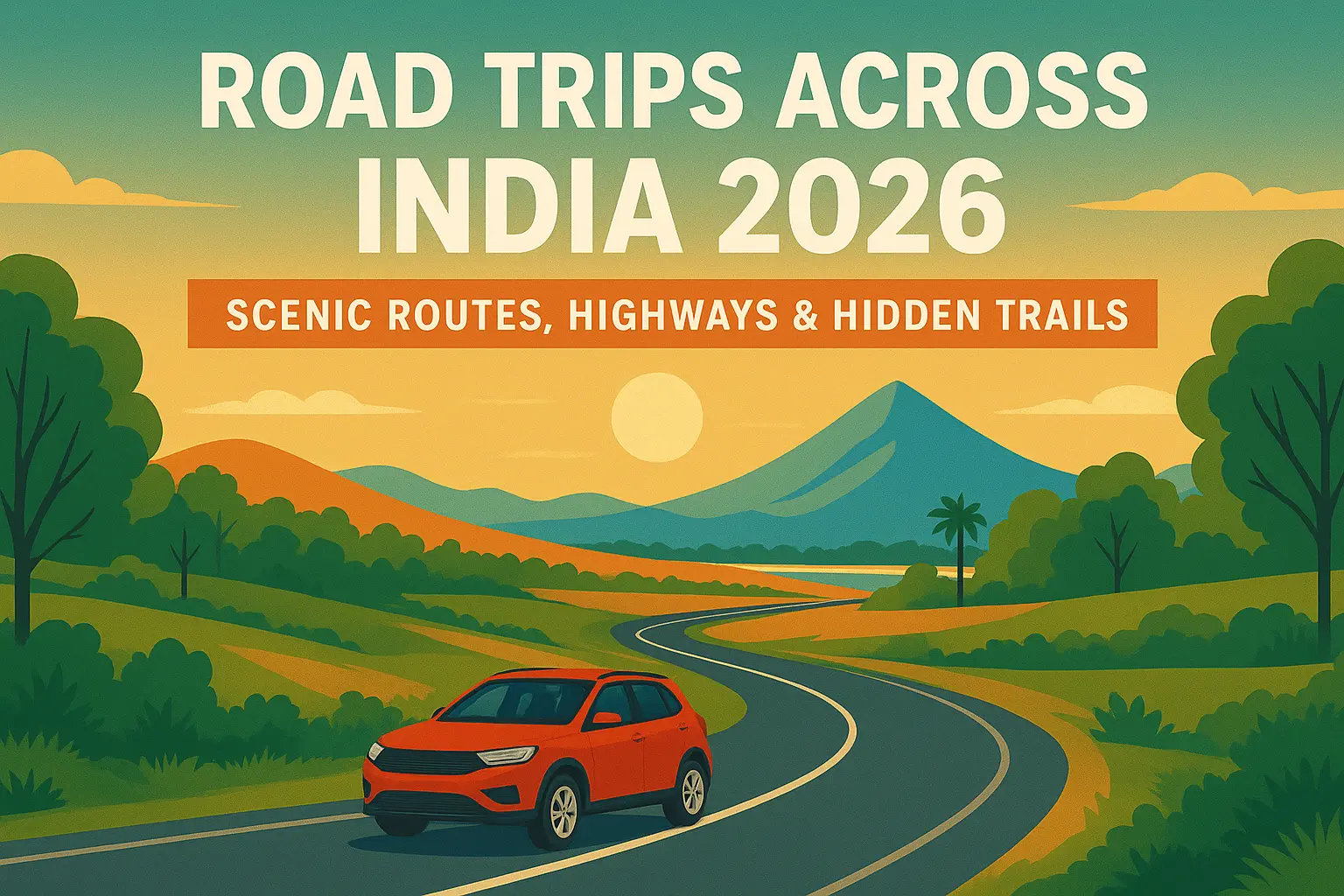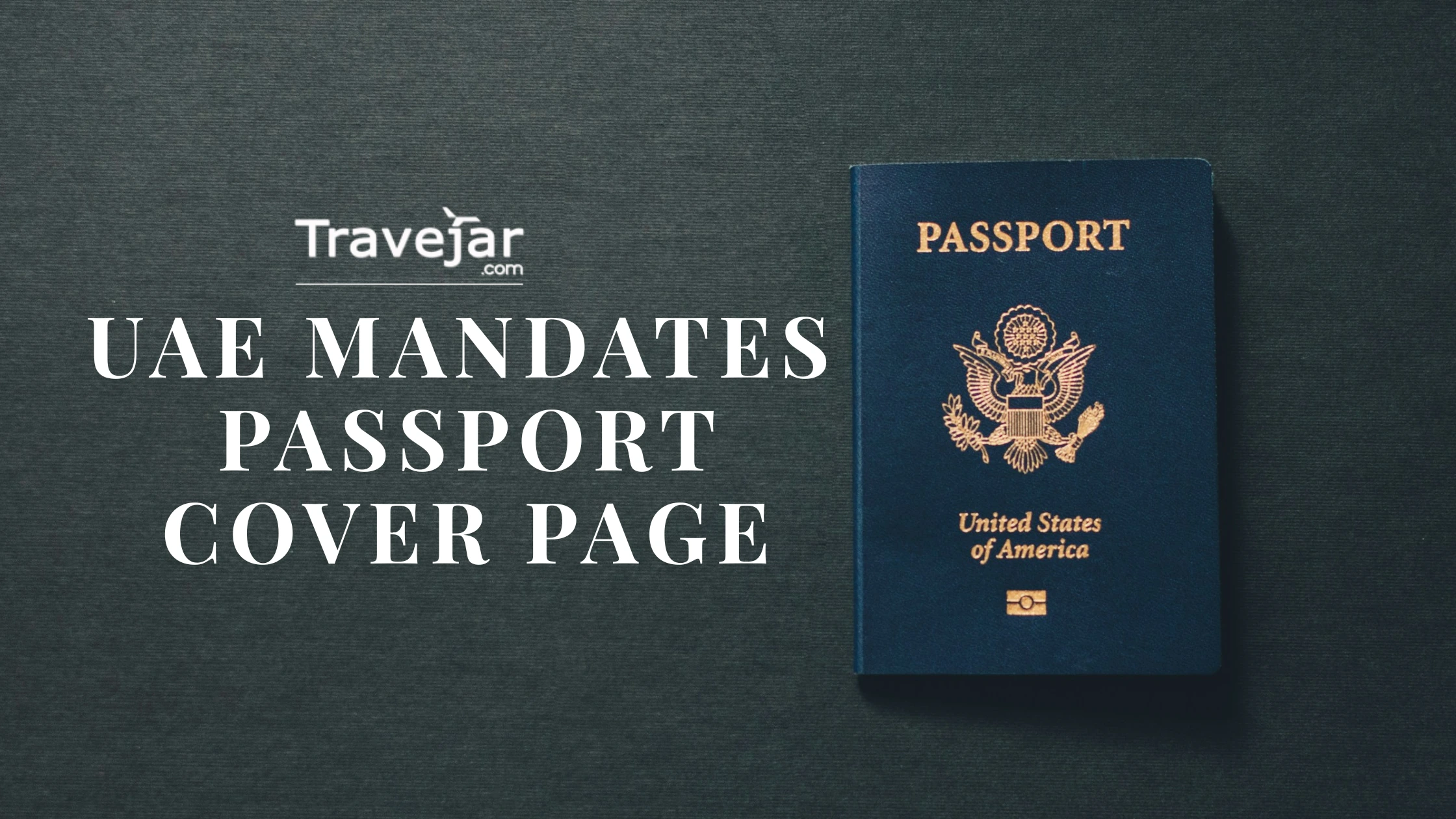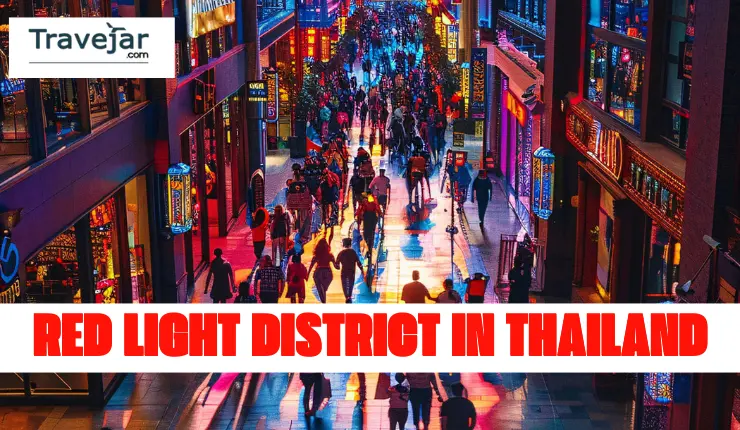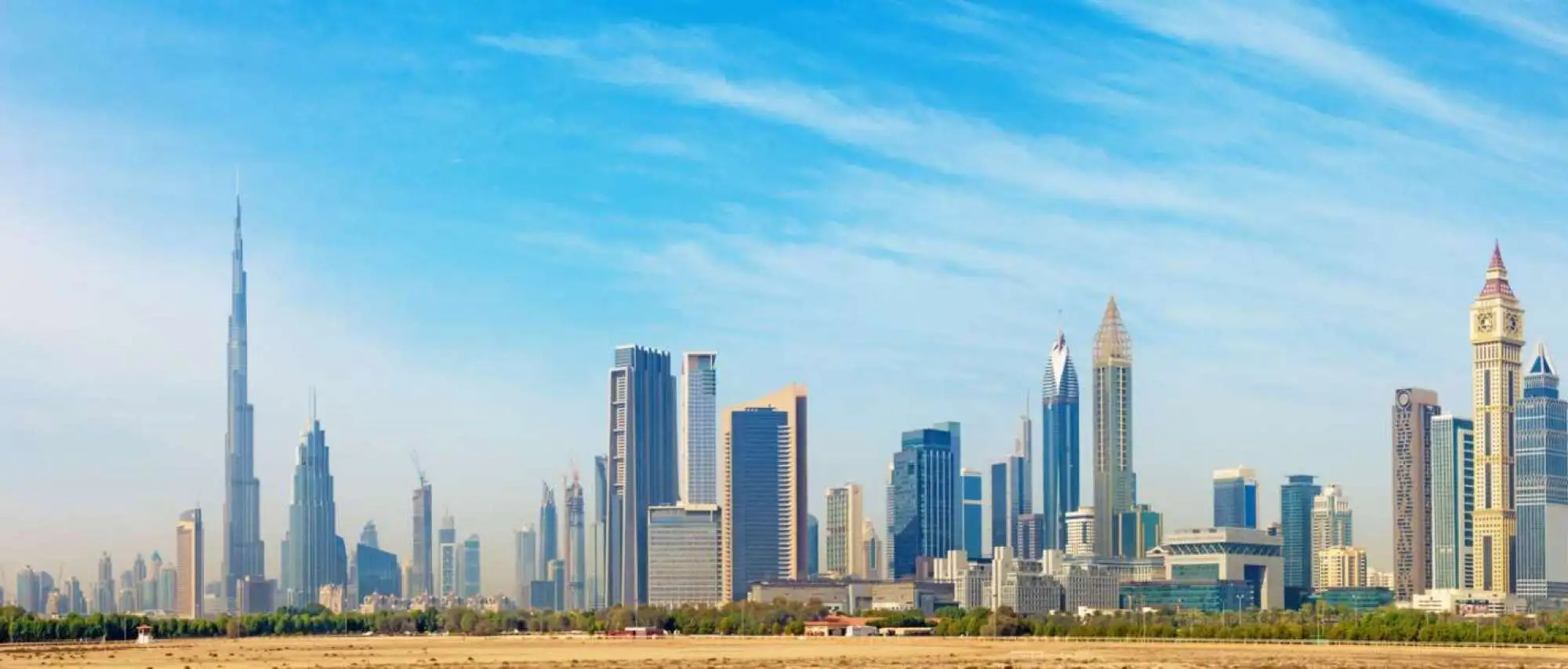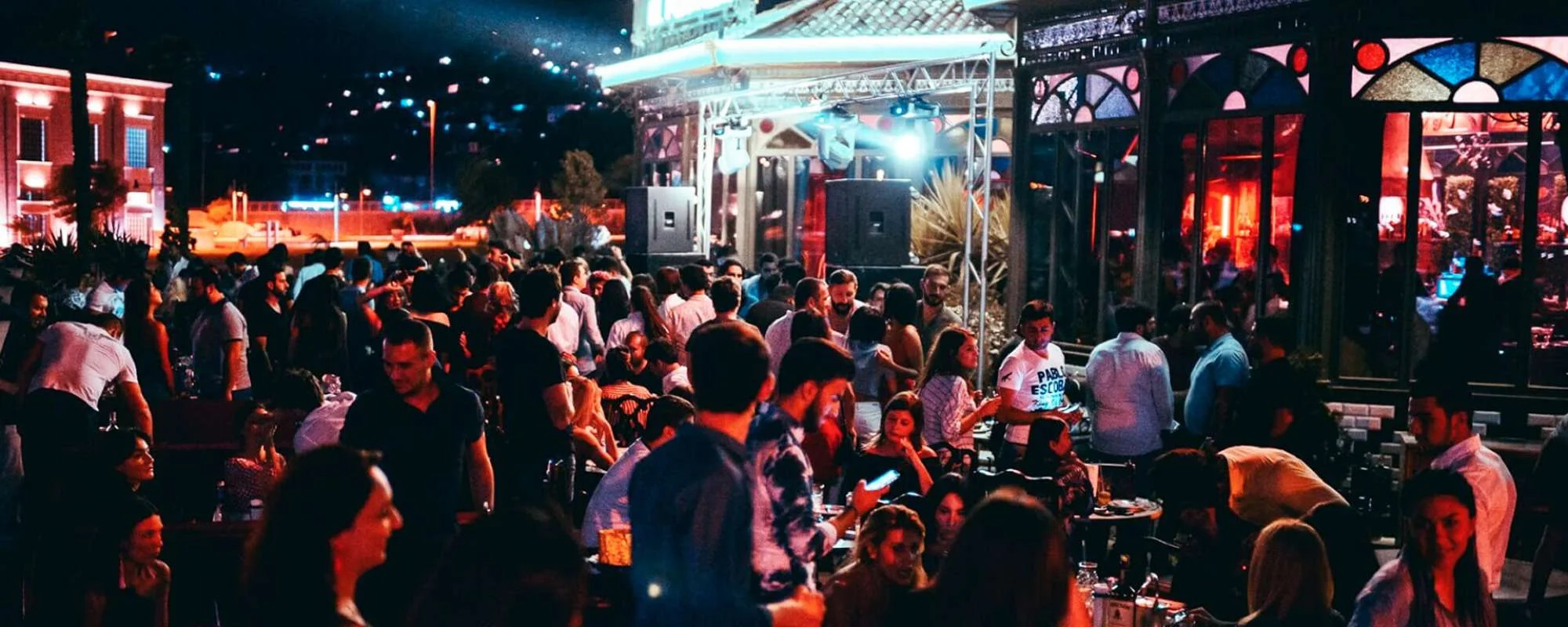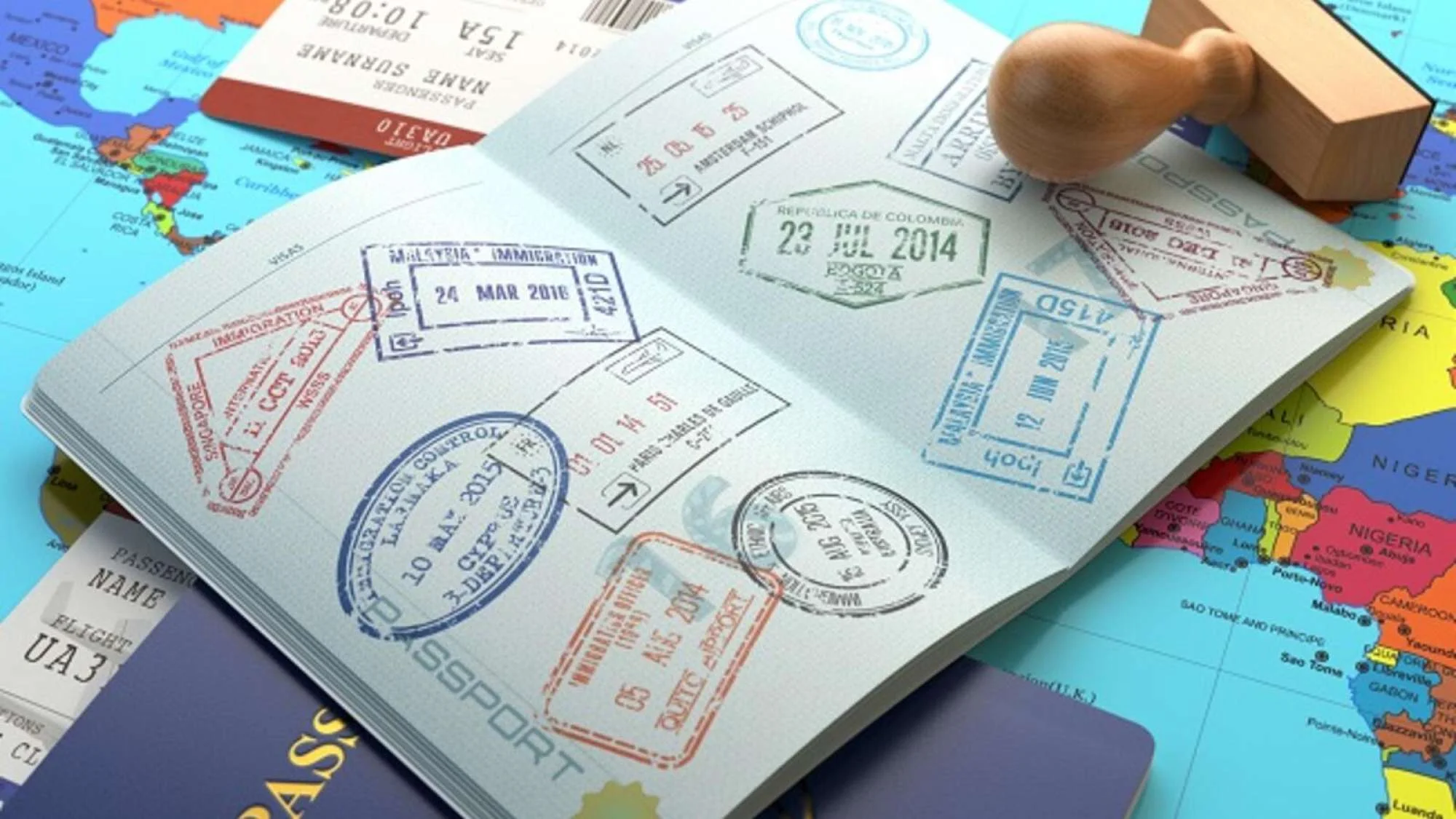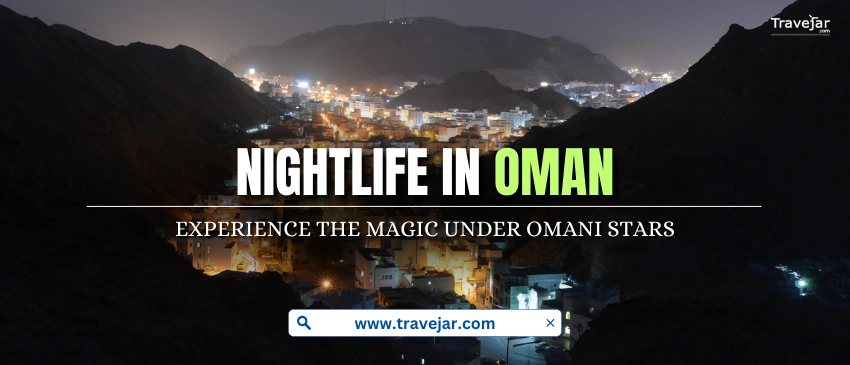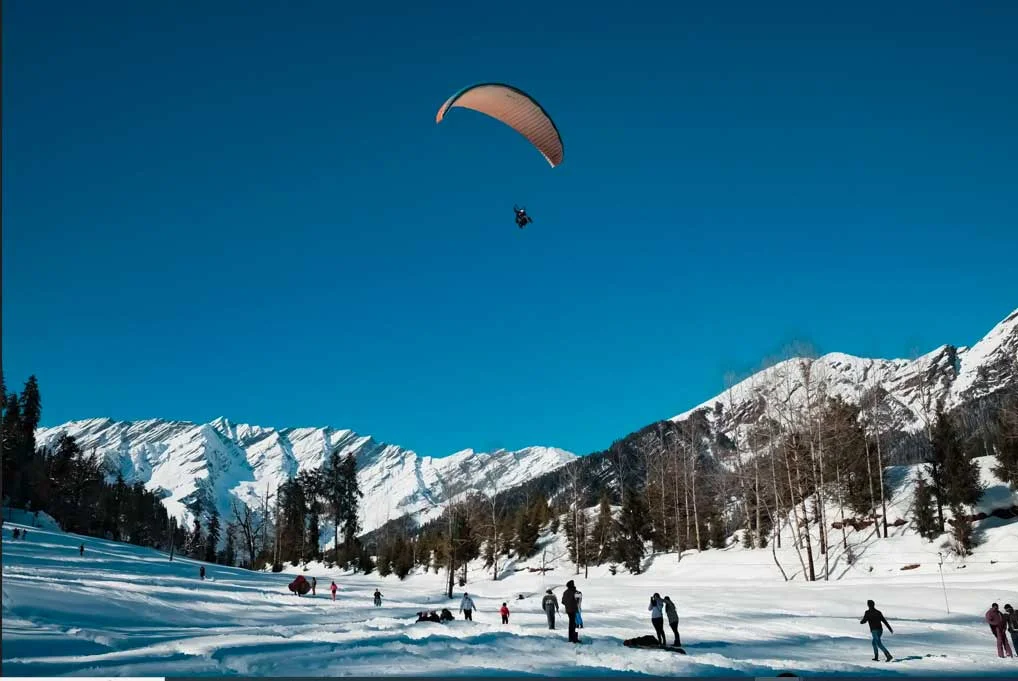Worst Time to Visit Sri Lanka? Here’s What Every Traveler Should Know
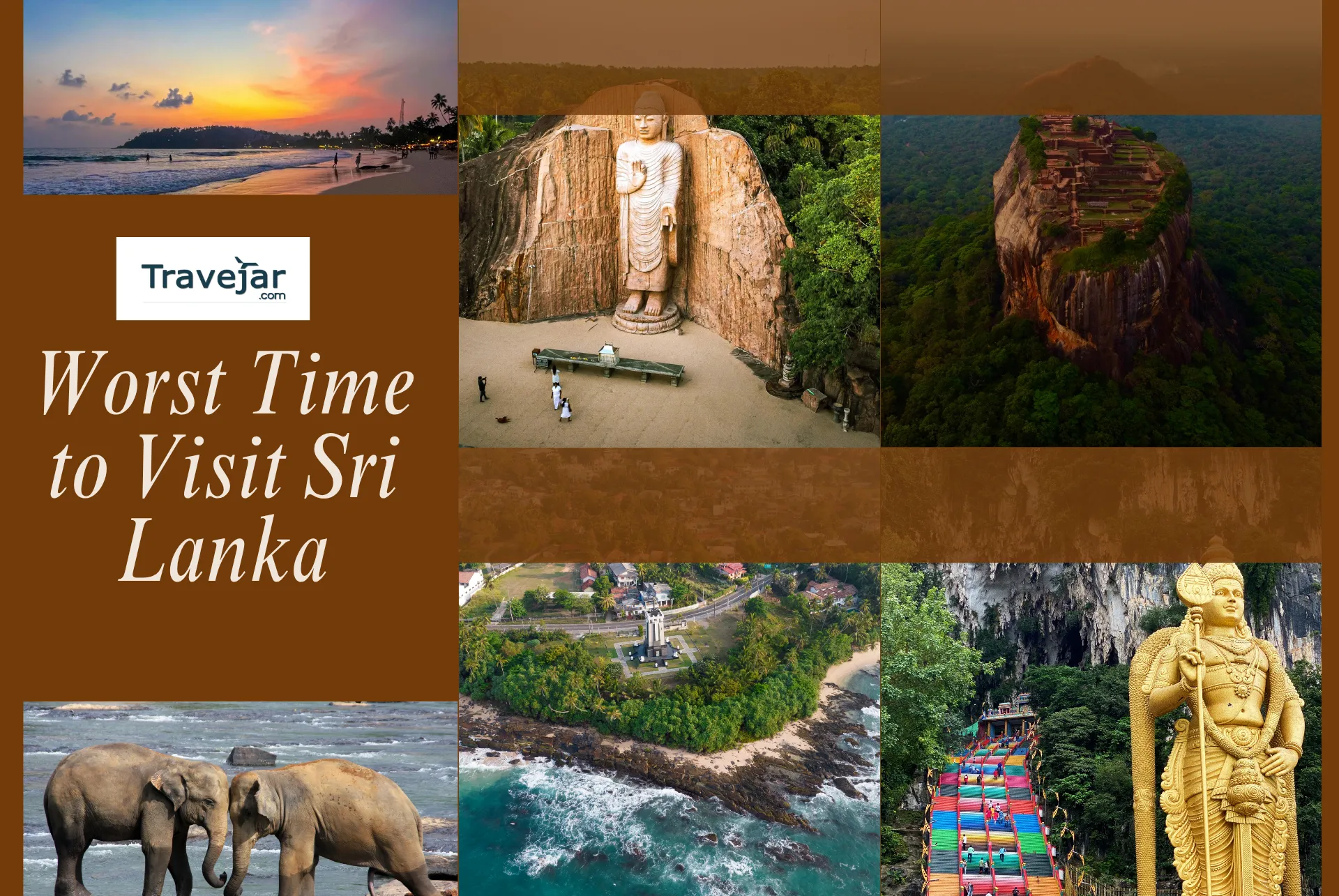
- Oct 16, 2025
- 0 Comments
Sri Lanka, famous for its lush greenery, ancient ruins, and vibrant culture, attracts people from around the world. However, there are some months when visiting this destination may not be ideal as one would expect. From monsoon floods to suffocating heatwaves, finding the best time to visit Sri Lanka requires careful consideration. While in the maximum number of months, you may enjoy the sunshine, but there may be unpredictable rain or storms.
For travelers wondering what time in Sri Lanka is best to go on a trip, the key is understanding the seasonal weather conditions. Each of the regions in Sri Lanka has its own climatic conditions, and the worst time to visit Sri Lanka may lead to the cancellation of plans. In the guide below, you will get to know about the Sri Lankan monsoon and wet seasons, the worst months to visit the destination, and the consequences associated with the worst periods.
Why Timing Matters in Sri Lanka
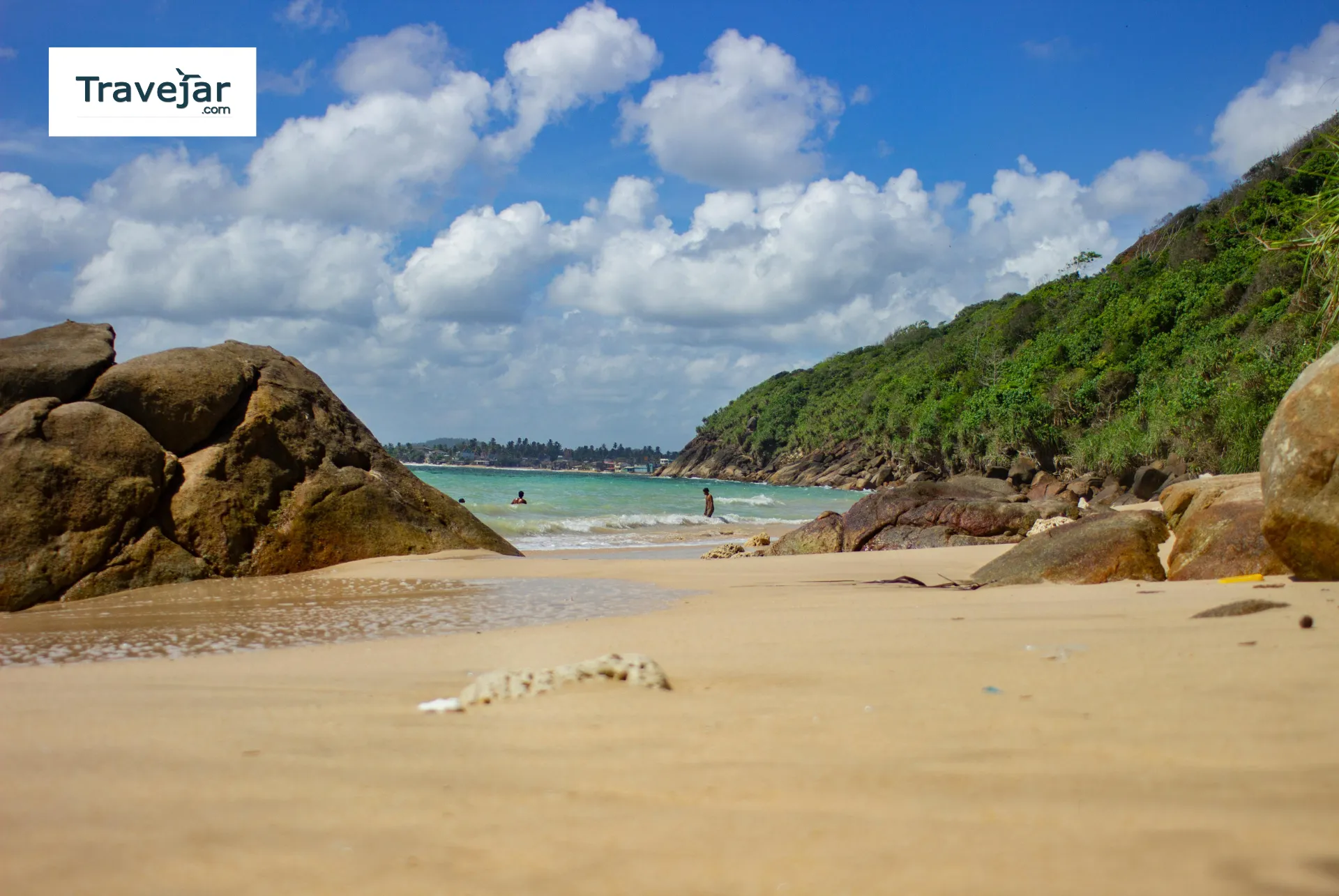
When planning a trip to Sri Lanka, one of the most important things to know is the best time to visit. With the two monsoons, the Southwest and the Northeast, the country’s climate is diverse at different times of the year. If you visit Sri Lanka during the South West Monsoon from May to September, you may experience heavy rains, which can limit your activities, making time in Sri Lanka a crucial factor.
If you visit Sri Lanka during the North East Monsoon from December to February, you may experience conditions like cyclones, thunderstorms, and rain, which can limit your activities, making time in Sri Lanka a crucial factor. Some of the months are perfect for exploring beaches, going hiking, or wildlife spotting, while in other months, there may be the Sri Lanka flood season.
Understanding Sri Lanka’s Monsoons and Wet Seasons
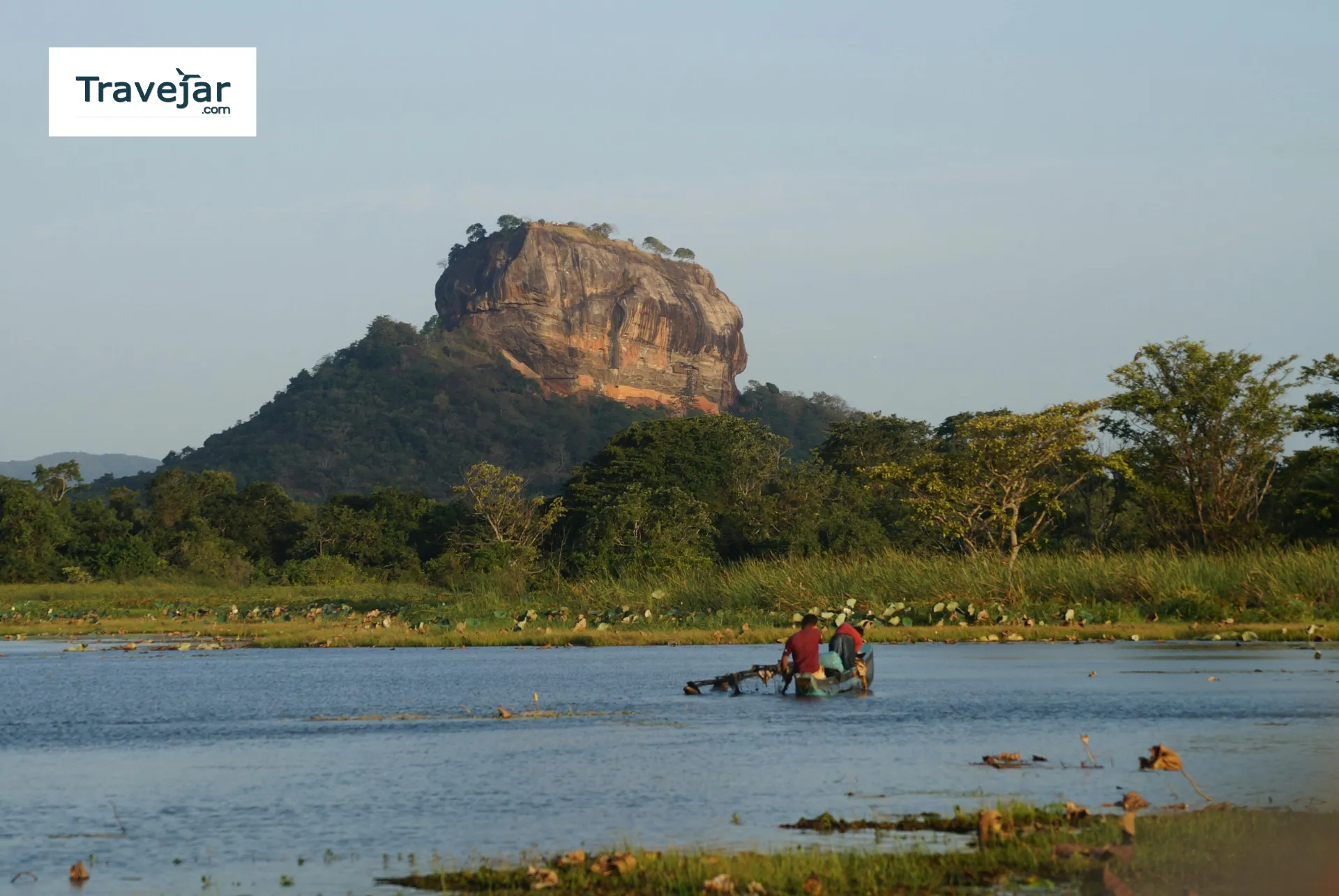
When planning your itinerary, it is important to understand the seasonal conditions depending on the monsoon seasons. This should be especially done if you are looking for the worst time to visit Sri Lanka.
1. Southwest Monsoon (Yala)
The Yala monsoon affects the western and southern coasts, including different destinations, such as Colombo, Entota, Mirissa, and Galle. From May to September, Sri Lanka climate challenges in the Yala are heavy rains, rough seas, flooding, landslides, road closures, and a lot more, which may disrupt traveling across the country and may limit all activities. If you are interested in exploring the beaches, then this time in Sri Lanka Southwest Monsoon will be the worst time to travel.
2. Northeast Monsoon (Maha)
The Maha monsoon impacts regions like Arugam Bay, Trincomalee, and Batticaloa. In between these months, there may be intense rainfall, mainly in the rural areas, which makes travel in Sri Lanka more difficult. From December to February, the Northeast Monsoon creates an influence on the East Coast and some parts of the Northern regions. This time is considered the Sri Lanka travel risk months, with high humidity and heavy rain.
3. Intermonsoon/ Transitional Periods
April and October are considered the transitional periods in Sri Lanka. While some destinations in this country may have good weather. However, at the same time, there may be rainfall and flooding, creating damage in all areas.
So, understanding what time in Sri Lanka is best will help you avoid all the disruptions and safety concerns. Since the areas get hit by the wet seasons at different times, it is possible to visit the destination all year round, but only if you have done Sri Lanka travel planning by season.
Which Months are really Worst?
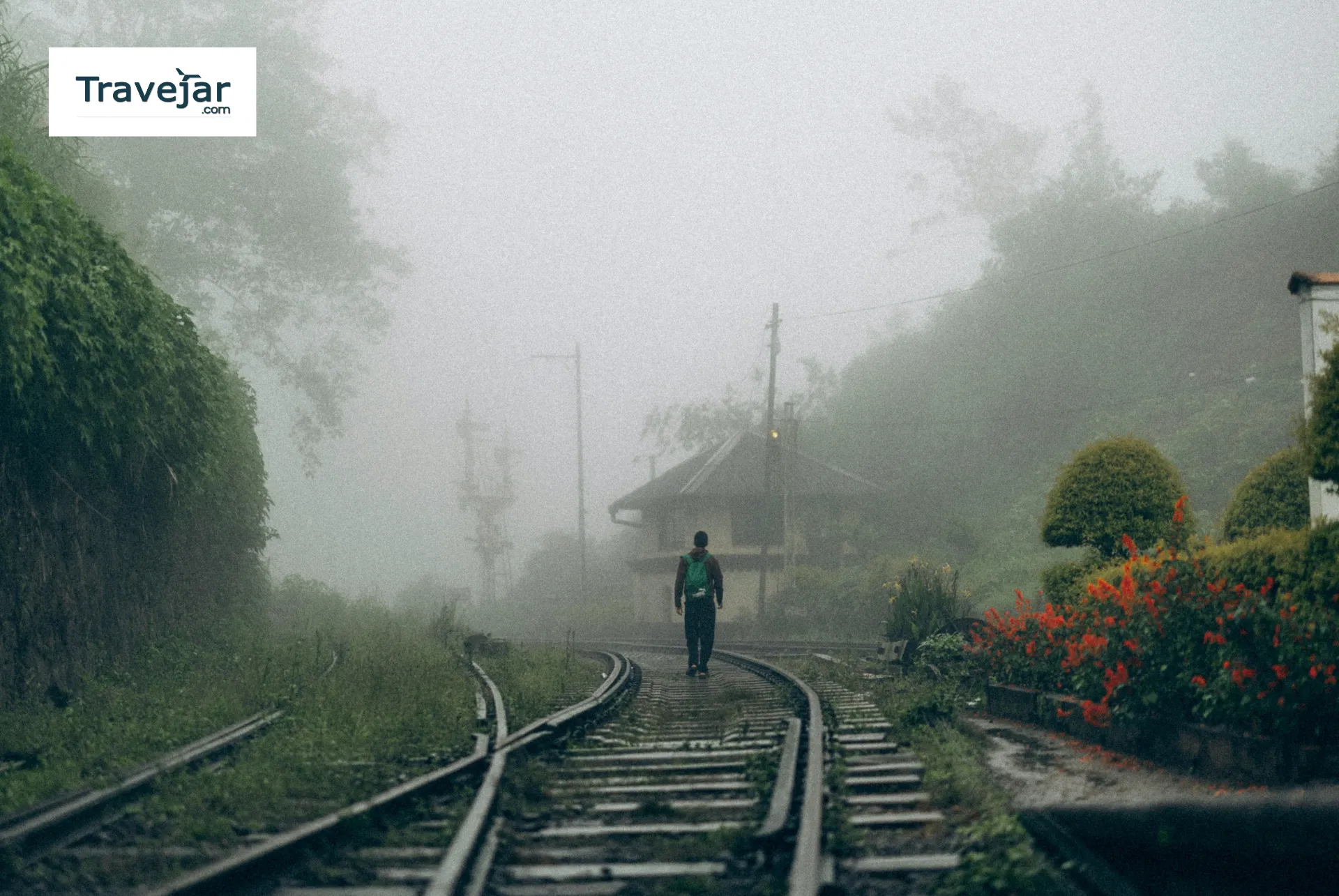
With the two monsoon seasons, certain Sri Lankan climate challenges take place, making it complicated for visitors to enjoy their trip. If you are looking to avoid the worst time to visit Sri Lanka, you must explore beyond the two monsoons by viewing the entire island perspective. The worst months are mainly May, June, and November. During these months, there is a risk of heavy rain and humidity.
The months, May and June impact the Southwest Monsoon, which disrupts the island by creating problems like urban flooding, waterborne diseases, landslides, transportation issues, and power outages. November is complicated and is part of the Northeast monsoon. During this month, there may be issues like rainfall, humidity, and making the sightseeing hot. As November is the wet month, you may experience blocked roads, leading to travel delays. So, for people looking for good weather, clear skies, sunshine, and smooth travel, it is best to avoid these three months.
Consequences and Risks when Traveling During the Worst Periods
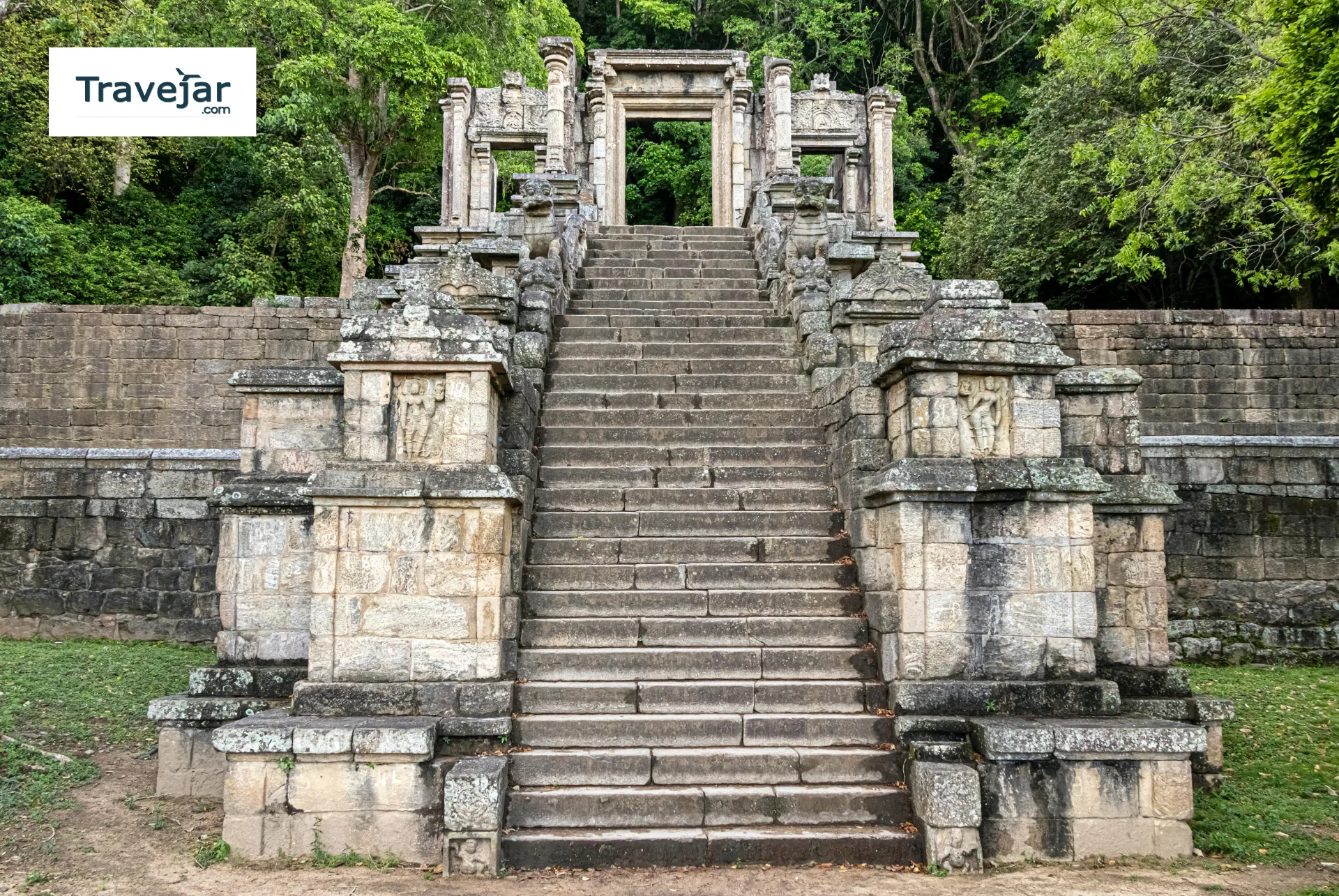
1. Weather and National Hazards
Traveling during the worst time in Sri Lanka, different consequences occur, like flash flooding, tropical storms, landslides, and heavy rain. In cities like Colombo and Galle, the risks are local flooding, road damage, and waterborne diseases. In the Central Islands, such as Kandy and Nuwara Eliya, the areas suffer from landslides and hill country transport disruption. Additionally, reaching the Southwestern cities, like Ratnapura and Kalutara, the natural hazards that may take place are river flooding, isolation of rural areas, and power outages.
2. Travel disruptions and logistical issues
Sri Lanka travel risk months may create logistical issues and other problems. The most common risks are waterlogged roads, strong winds, and heavy rainfall, which can lead to travel delays. In some of the areas, logistical problems take place when visiting the country during the worst time, like fuel shortages, impacting both the private and public transportation, such as trains and buses.
3. Health and Safety Dangers
The Monsoon season in Sri Lanka creates various health issues, such as Dengue, flood-related infections, waterborne diseases, and vector-borne illnesses. Whether you are traveling in the Southwest monsoon or the Northeast monsoon, you may suffer from Dengue, especially if you are reaching Colombo. Apart from this, in the Sri Lanka travel risk months, there are other health and safety dangers, such as Malaria, and it is all because of high humidity and heavy rain.
Which Zones to Avoid in Which Months
| Region |
Months to avoid |
Why/ What Happens |
| Colombo | May to September | Severe floods, heavy rain, and water-related diseases. |
| Arugam Bay | November to March | Poor surfing conditions and cooler weather with rain. |
| Jaffna | October to December |
Dry weather, heavy rain, and transportation problems. |
| Galle | May to September |
Local flooding, road damage, rough seas, and heavy rainfall. |
Smart Strategies
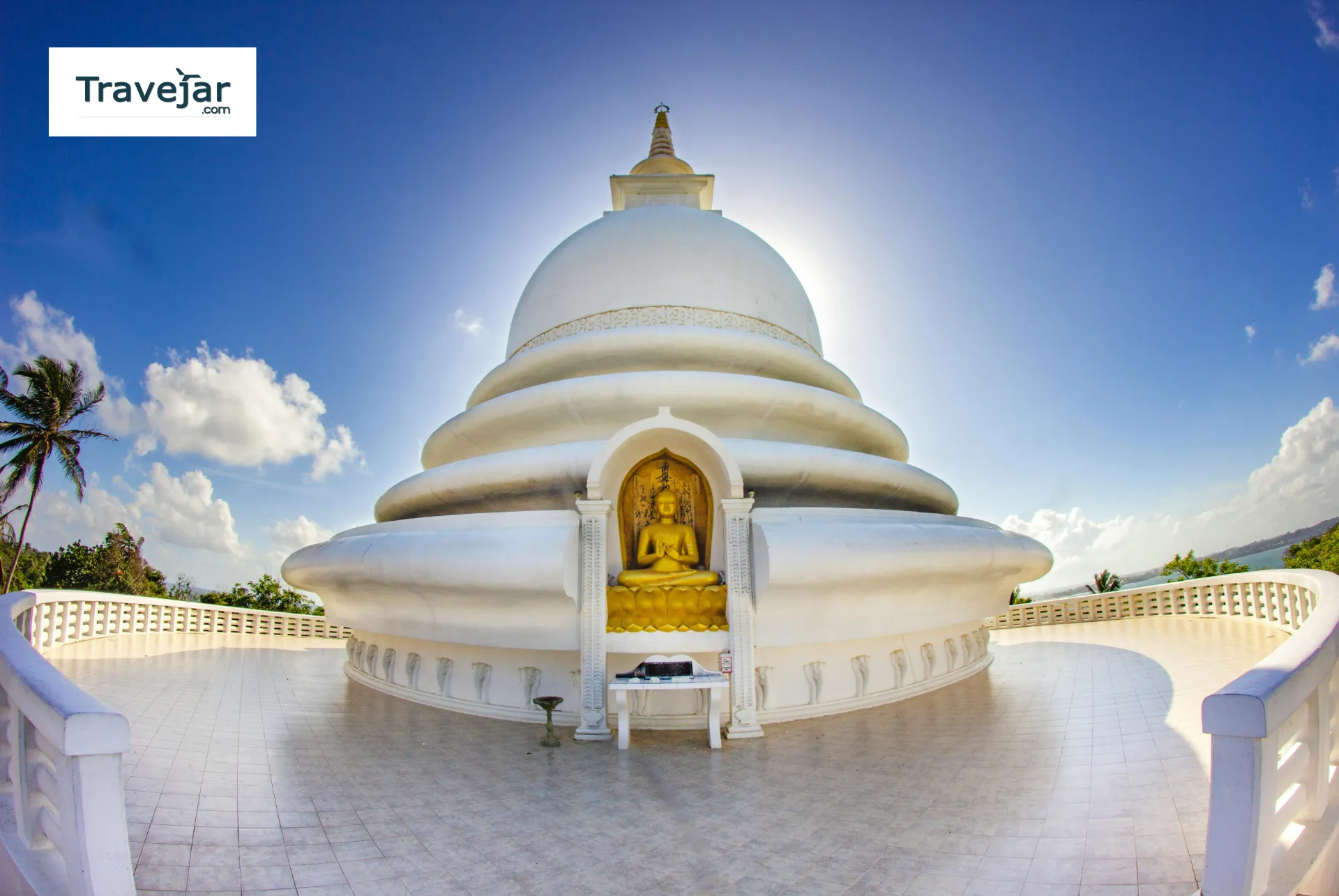
If your trip is during the worst time to visit Sri Lanka, you need to focus on certain Sri Lanka travel warnings by applying a few smart strategies. Here are the following ones: -
1. Choose weather-safe places
During the Southwest monsoon months, between May to September, you should consider visiting the North East places, like Arugam Bay, Jaffna, and Trincomalee. Choosing these places, you will get to explore better weather in comparison with the Southwest monsoon.
2. Avoid risk-prone activities
Before engaging in different activities, such as hiking or exploring the wildlife safaris, just be aware of all the seasons, as heavy rains may impact all the activities.
3. Rain Gear
If you have planned your Sri Lanka trip during the rainy season, you must pack certain things with you, such as a lightweight rain jacket and umbrella, to stay dry all day.
4. Transportation System
Always take care of the public transportation system you will use when traveling in the risky months. Take all precautions, and it is better to avoid driving at night as there are road blockages.
Conclusion
To have a perfect trip with a stress-free experience, it is best to avoid the worst time to visit Sri Lanka, especially May, June, and November. During these months, various issues can take place, such as health diseases, heavy rain, landslides, flood-related infections, and road damage. Whether you are interested in exploring the clear-blue skies, lush tea plantations, or stunning beach activities, Sri Lankan time is important. There is no best time to visit Sri Lanka, as it can be visited all year round, but you should take care of the monsoon seasons. So, start planning your holiday trip to Sri Lanka now and create unforgettable memories on this island.

